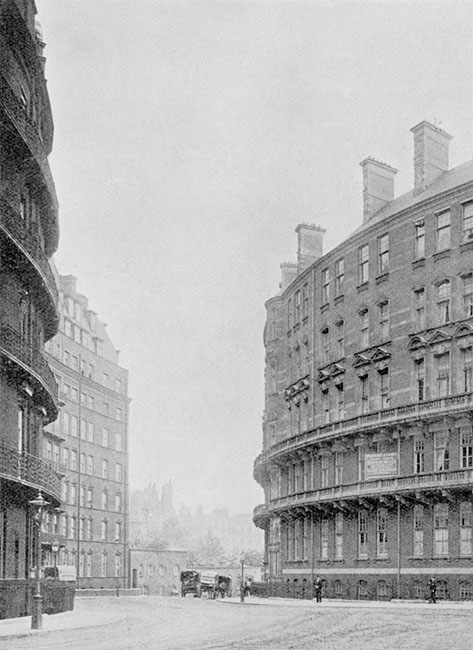Mansion flats and Middle-Class Living
Abstract
In E.M. Forster’s Howard’s End Margaret Schlegel, the central character of the novel, observes with a mixture of disgust and melancholia the emergence of large flat buildings taking over the street which for decades has been the adopted home of her liberal German immigrant family. It is the voice of the cultured foreigner, one may assume, that the writer uses to express his own deep resentment against the appearance of these large ‘promontories’ with their ‘cavernous entrance halls, full of concierges and palms’, sweeping away the politely inconspicuous Georgian houses with their graceful proportions and unostentatious demeanour.1 Forster’s rejection of the new large buildings is partly informed by a rejection of the brash commercialism and the nouveau-riche pretensions associated with them, and by the fear of the middle class of becoming the victim of yet another violent wave of speculative urban development. The destruction of the street represents the rapid and disturbing development of modern society in a period of rampant capitalism and imperial expansion; ‘the kind of scene that may be observed all over London, whatever the locality – bricks and mortar rising and falling with the restlessness of the water in a fountain, as the city receives more and more men upon her soil.’2 The mansion flats in Margaret Schlegel’s neighbourhood are not merely an eyesore, they attack the very foundations of the culture with which the writer and his character identify and testify to the congestion of the modern metropolis and its negligence towards honoured notions of Englishness and modest propriety.



